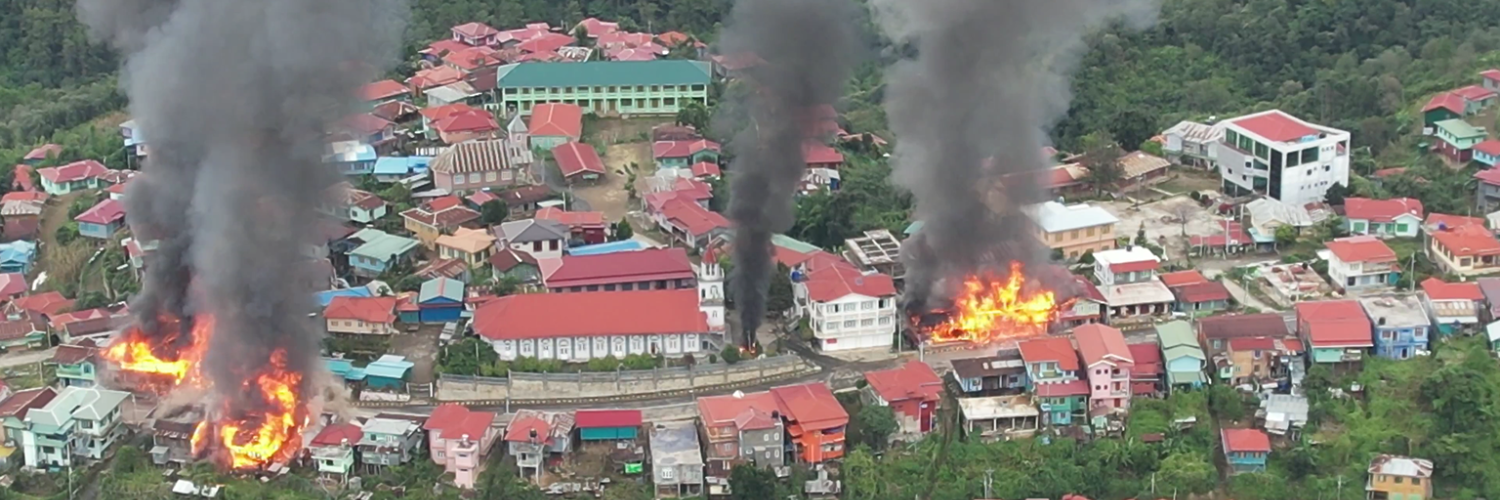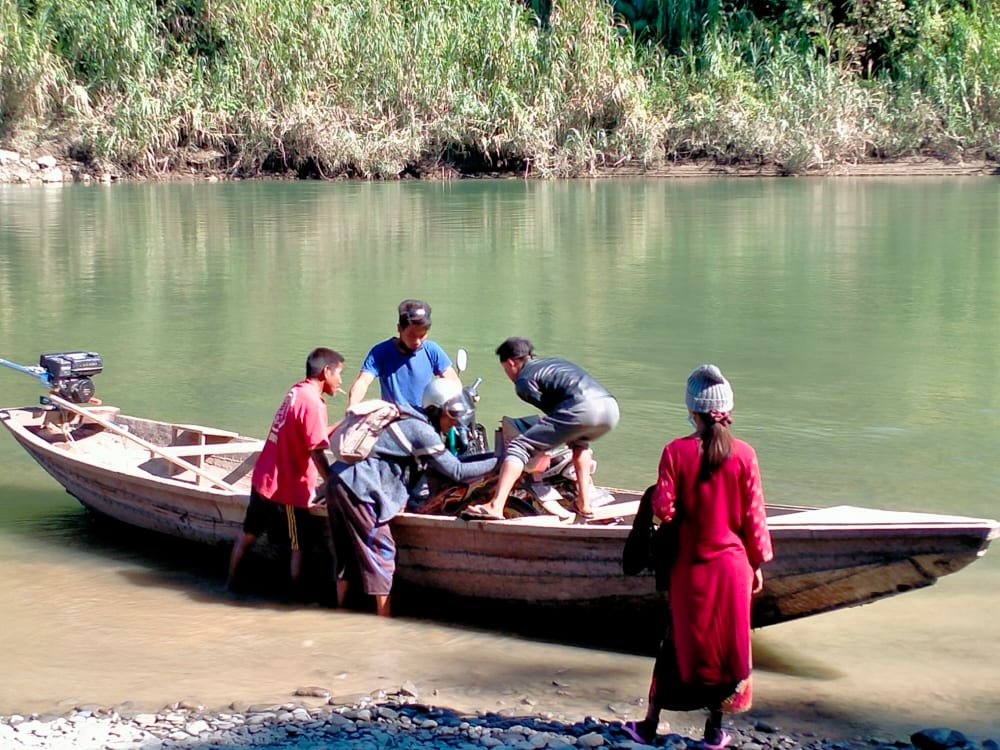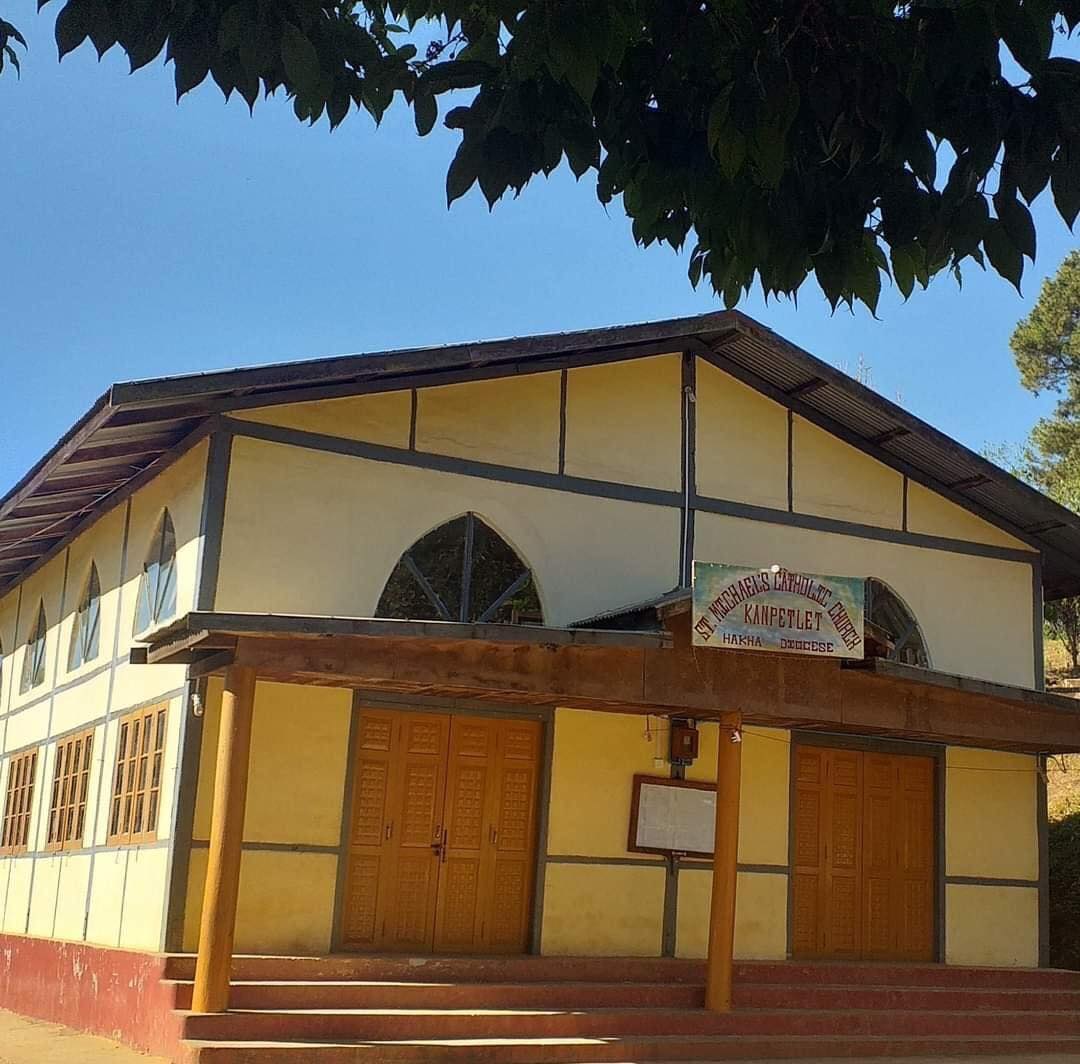
Making News Stories
CHRO is pleased to present a collection news coverage of our work by local, national, regional and international news media organizations, in reverse chronological order, since 2021 military coup on the human rights and humanitarian situation in Chin State and Burma.









